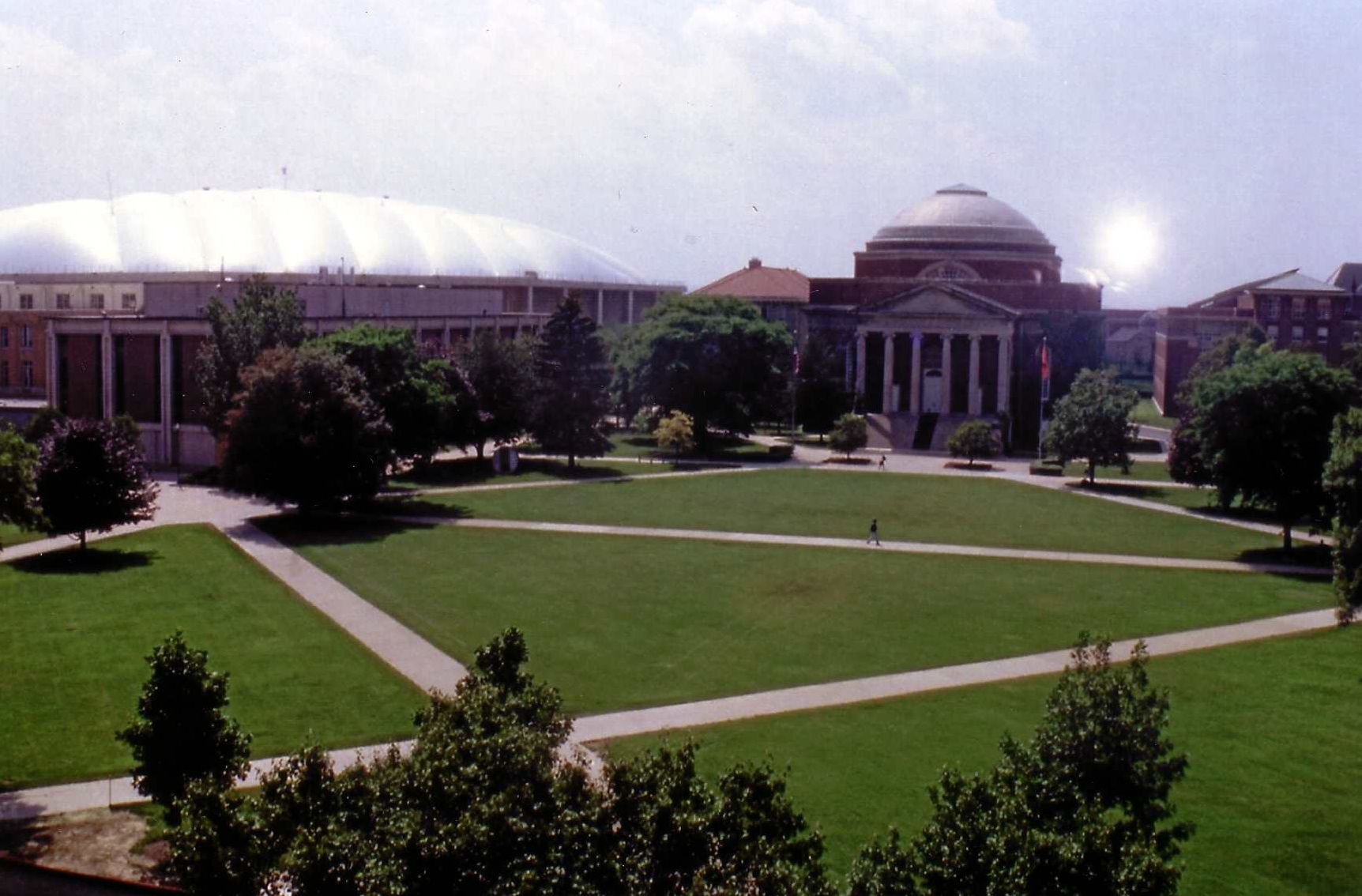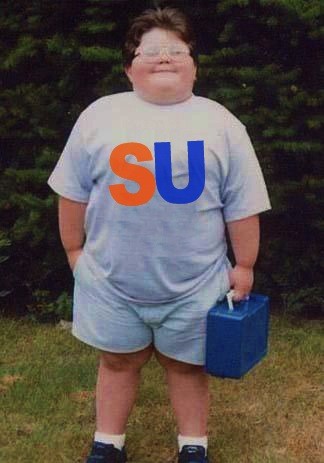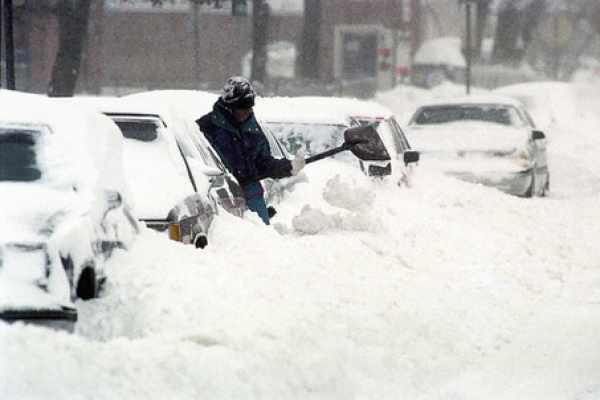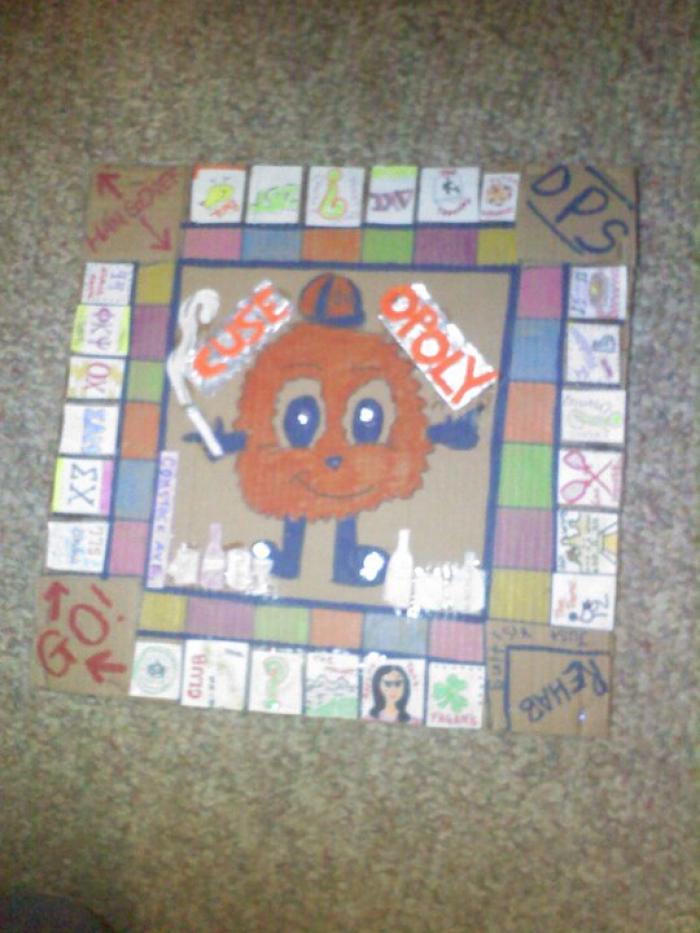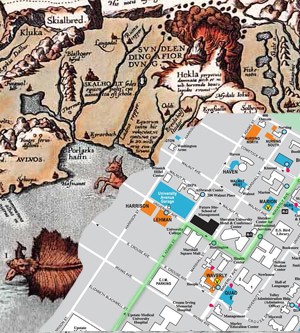 Two Syracuse University students discovered a large complex of ruins yesterday which match descriptions of “Syracuse”, the thought-mythical Lost City of local legend.
Two Syracuse University students discovered a large complex of ruins yesterday which match descriptions of “Syracuse”, the thought-mythical Lost City of local legend.
Louis Merton and Clark Winslow, two sophomore Anthropology majors living in Day Hall, were invited to a party at an apartment in the Castle Court area. En route, Merton and Winslow became disoriented, missed a turn, and accidentally embarked on an overland expedition through uncharted areas northwest of the University.
“We pregamed that one pretty hard,” said Winslow. “And Google Maps had us go this really weird way for no reason.”
“I don’t like being lost too far from campus.”
But Merton and Winslow’s accident proved fortuitous, and they stumbled upon an incredible archaeological find. Student scientists believe that, before the expedition, no student had laid eyes on the former metropolis for centuries.
Anthropology professor Harold Morgan said that Merton and Winslow’s discovery finally answers the age-long debate about the mythical “Salt City”.
“Most contemporary accounts of “Syracuse, New York’ conflicted with each other and were dismissed as apocryphal,” said Morgan. “No one truly believed that the barren, frozen wastes around the University might have ever supported a thriving urban center.”
“Although numerous oral histories make mention of “that thing we passed on the way back from Dinosaur.'”
Other fantastical tales of the “Onondaga County Seat” described a city with bars nicer than Chuck’s, restaurants that made a profit without being on Marshall Street or making deliveries, and an intricate network of one-way streets without a single available parking space. Even more incredible, said Morgan, was the story of a “Connective Corridor” between the city and the University.
“An endless series of buses, with no one on board, driving to nowhere?” said Morgan. “You can’t expect us to have taken that crackpot idea seriously.”
And yet Merton and Winslow’s expedition proves that the “City of Syracuse” was real, and was once densely populated. Student anthropologists like senior Eric Durkheim are developing all kinds of theories as to why the city is now abandoned.
“Whatever made “Syracuse’ fall apart happened long before any of us were born,” said Durkheim. “Could have been any number of things: famine, disease, foreign invasion, social turmoil, the collapse of trade with their neighbors.”
“Or how fucking terrible the climate is.”
Students may now be aware of the “City of Syracuse”, but for many it only raises more questions. In Merton’s case, he still wonders at the remnants of the society that he and Winslow saw.
“What was once the purpose of the large, open “Armory Square’ area?” asked Merton. “What is the meaning of the artifacts held within the “Everson Museum’? And for what inscrutable reason did the former citizens of “Syracuse’ build the monument simply known as “M-O-S-T’?”
The peoples who once inhabited this place might have known, but such knowledge has been lost to any present-day students at Syracuse University.






